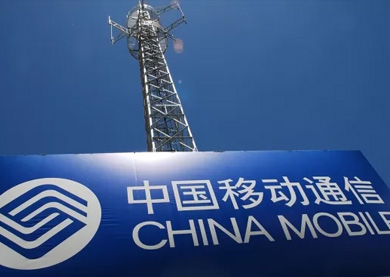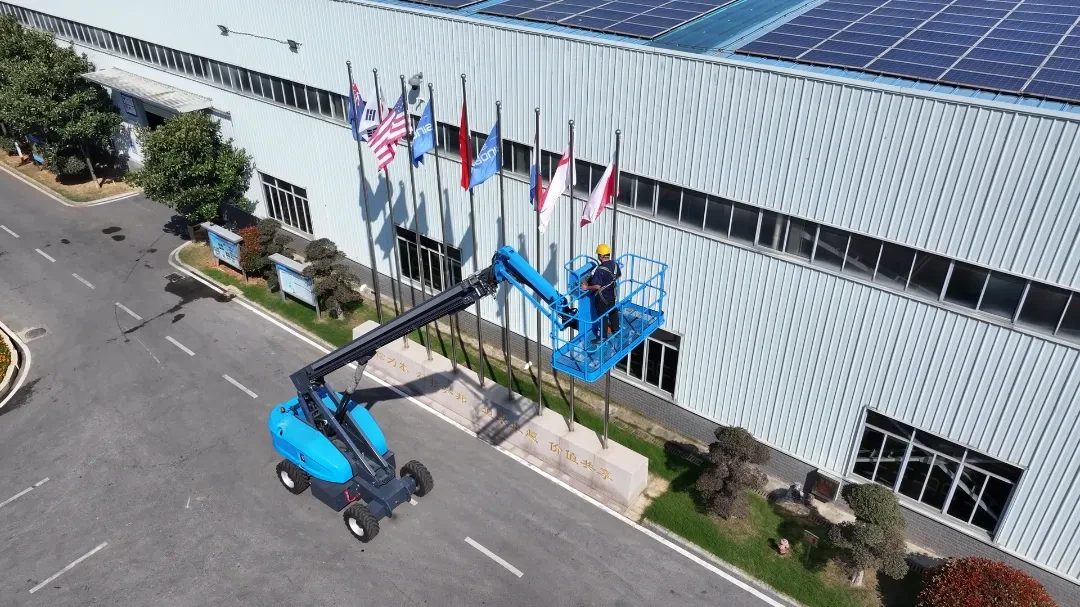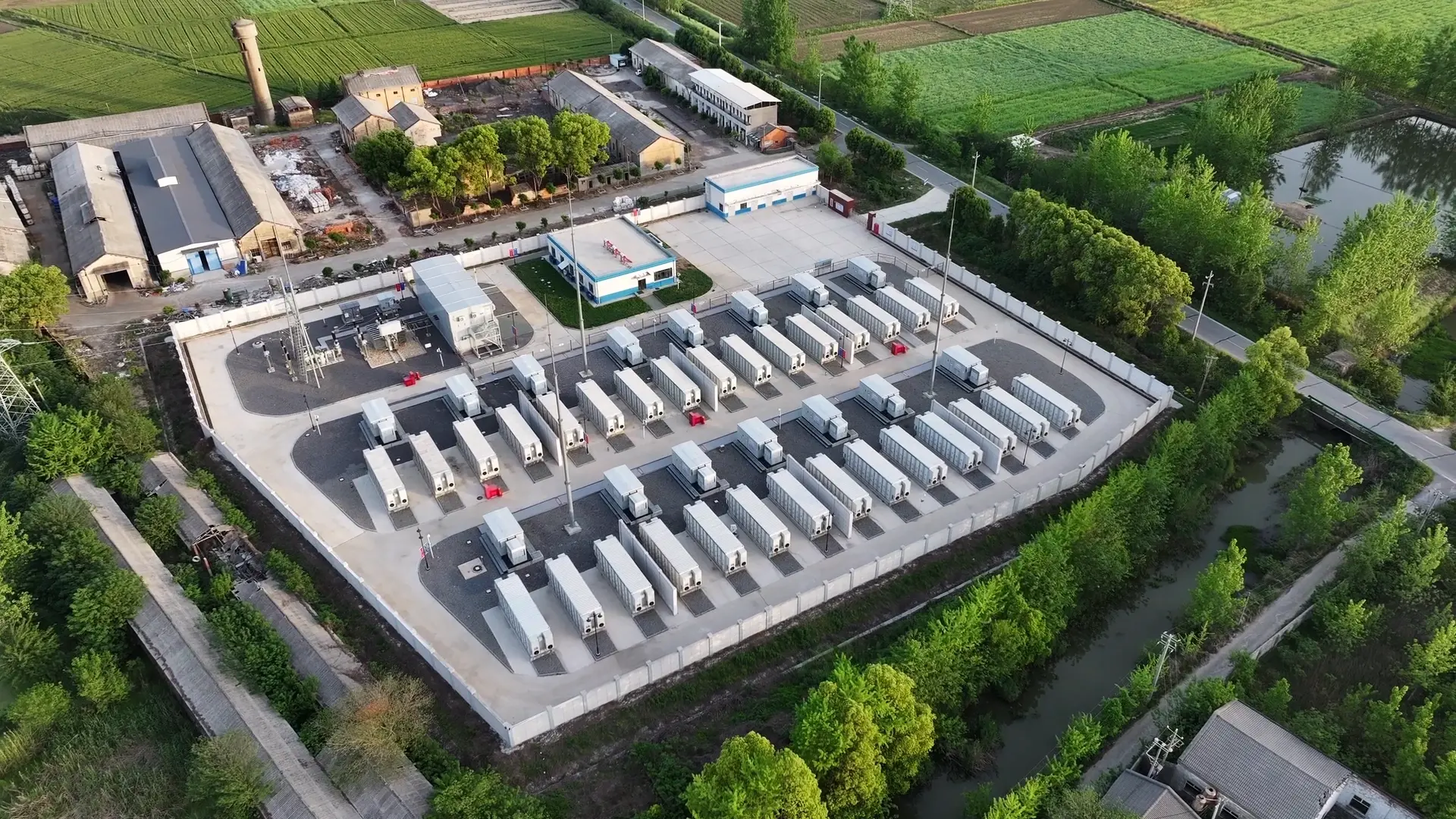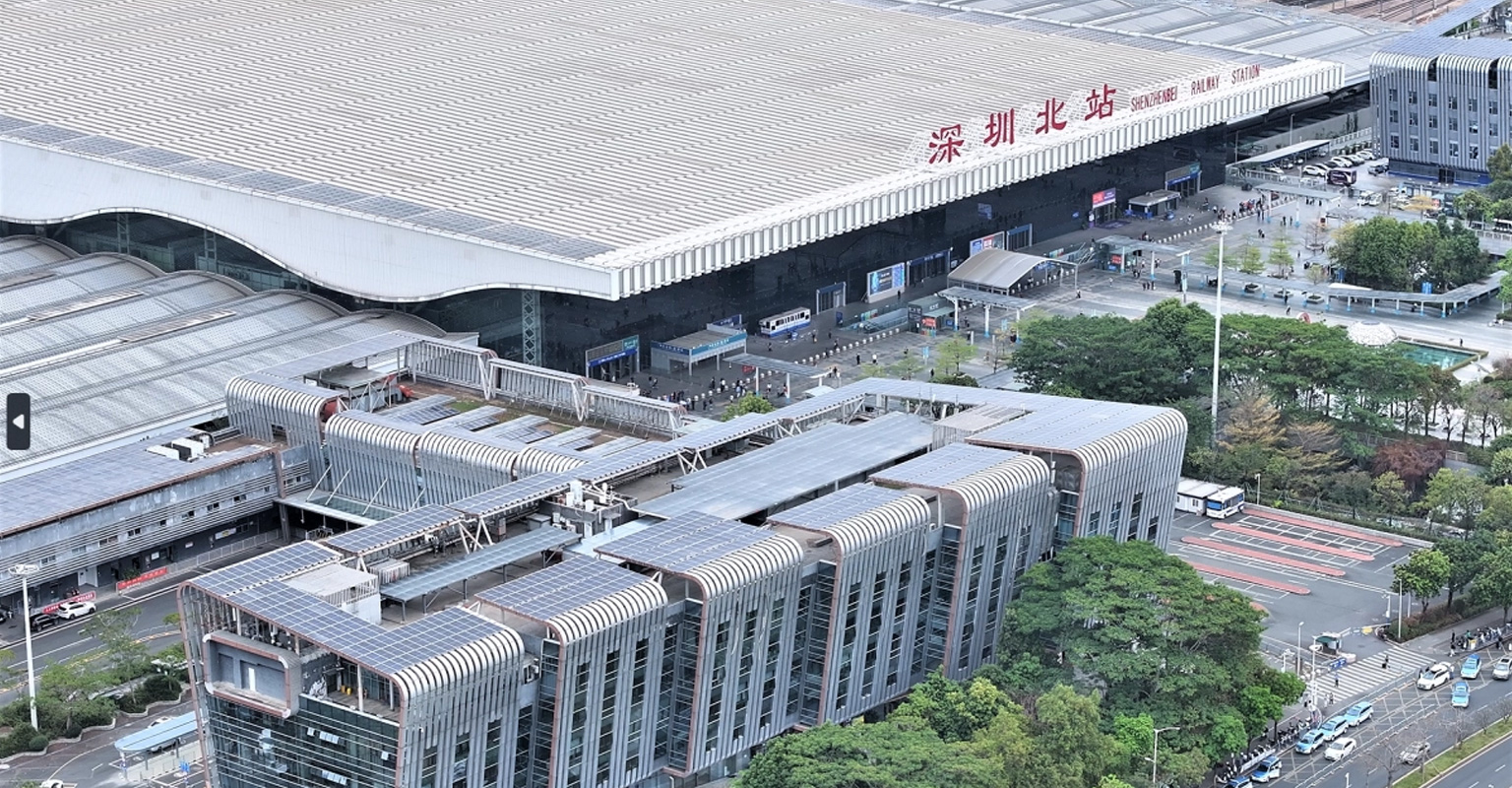When choosing batteries for aerial work platforms (AWPs), many fleet managers and rental companies still focus on the initial purchase price. While upfront cost matters, it tells only part of the story. The real measure of value lies in the Total Cost of Ownership (TCO) — the sum of all expenses over the battery’s entire life cycle, including energy use, maintenance, downtime, and replacement.
Investing in advanced lithium AWP batteries may seem more expensive at first glance, but in practice, it delivers significant long-term savings and operational advantages. Let’s take a closer look at why.
Understanding Total Cost of Ownership
Total Cost of Ownership (TCO) refers to all the expenses involved in owning and operating a battery throughout its entire life cycle—not just the initial purchase price.
For Aerial Work Platform (AWP) operators, the main elements of TCO include:
● Initial Purchase Cost: The upfront investment required for the battery.
● Energy Consumption: The electricity cost for daily or frequent charging.
● Maintenance and Service Costs: Expenses for watering, cleaning, and replacing damaged parts.
● Downtime Losses: Productivity loss during charging, maintenance, or battery replacement.
● End-of-Life Costs: Disposal or recycling expenses once the battery reaches the end of its service life.
When all these factors are considered together, it becomes clear that a battery with a low upfront cost may actually cost more in the long run if it requires frequent maintenance, wastes energy, or fails prematurely. In contrast, batteries with longer life, higher efficiency, and minimal maintenance—like lithium systems—tend to deliver a lower overall TCO and better return on investment.
The Hidden Costs of Lead-Acid Batteries
Lead-acid batteries have powered AWPs for decades. They are familiar and inexpensive to buy — but their long-term costs tell a different story.
1. Shorter lifespan
A typical lead-acid battery lasts 2–3 years, while lithium can last 5–8 years, even under heavy use.
2. Frequent maintenance
Regular watering, cleaning, and equalizing are required to keep performance stable. These tasks consume valuable labor hours and increase safety risks.
3. Downtime and productivity loss
Slow charging and voltage drops often lead to unplanned downtime, especially in busy rental fleets where every hour of operation counts.
4. Energy inefficiency
Lead-acid batteries waste up to 20–25% of the energy they receive during charging, resulting in higher electricity bills.In the long run, these hidden expenses add up — reducing fleet profitability and operational flexibility.
How Lithium AWP Batteries Reduce TCO
Lithium motive power batteries have become the preferred solution for modern AWP fleets, thanks to their efficiency, reliability, and lower lifetime costs. Here’s how they outperform traditional technology:
1. Longer Service Life
Lithium batteries can last up to three times longer than lead-acid models. Their stable chemistry and intelligent battery management systems (BMS) protect against overcharging, deep discharge, and temperature extremes — extending both battery life and vehicle uptime.
2. Maintenance-Free Operation
There’s no need for watering, corrosion checks, or regular equalization. This means less labor, zero maintenance downtime, and lower safety risks in everyday operations.
3. Higher Charging Efficiency
Lithium AWP batteries deliver up to 95% charge efficiency, saving on electricity costs while reducing carbon emissions. Over hundreds of cycles, this difference translates into noticeable financial and environmental benefits.
4. Opportunity Charging for Continuous Work
Unlike lead-acid batteries that require full charge/discharge cycles, lithium can be partially charged during short breaks — a practice known as opportunity charging. This flexibility allows rental companies to keep fleets available throughout the day, maximizing utilization and revenue.
5. Consistent Performance in Harsh Environments
Lithium batteries maintain stable voltage and power output, even in extreme temperatures or high-demand operations. This ensures safer lifting operations and reliable equipment performance — key priorities for AWP applications.
Additional Business Benefits
Beyond cost savings, switching to lithium AWP batteries delivers a range of business advantages that directly impact daily operations and profitability.
1. Higher Equipment Availability
Lithium batteries support opportunity charging and longer runtime, allowing AWPs to stay in service longer each day. This translates into more rentals per month and higher utilization rates.
2. Shorter Turnaround Time
Fast charging significantly reduces the downtime between jobs, enabling operators to deploy equipment faster and respond more flexibly to customer needs.
3. More Predictable Performance
Consistent power output and smart BMS monitoring minimize performance issues, which helps reduce unplanned service calls and customer complaints.
4. Sustainability and Compliance
Zero emissions during operation and recyclable battery materials contribute to greener fleet management and help meet corporate sustainability goals.
In today’s highly competitive rental market, these operational and environmental advantages go beyond technology—they help businesses improve customer satisfaction, strengthen their brand reputation, and achieve a better return on investment (ROI) over time.
Conclusion
For AWP fleet operators and project managers, choosing advanced lithium batteries isn’t just a technological upgrade — it’s a strategic financial decision.
By lowering maintenance costs, reducing energy waste, and extending service life, lithium batteries deliver a lower total cost of ownership and a faster payback period. The result is a more efficient, reliable, and sustainable fleet that drives profitability for years to come.
In short, when you look beyond the price tag, investing in advanced AWP batteries truly pays off.




























 2025-10-24
2025-10-24 Name
Name Tel
Tel Email
Email Country
Country Company
Company Information
Information